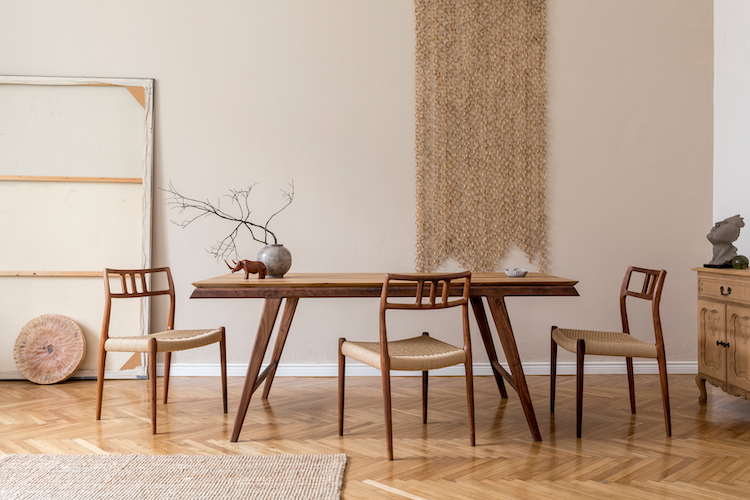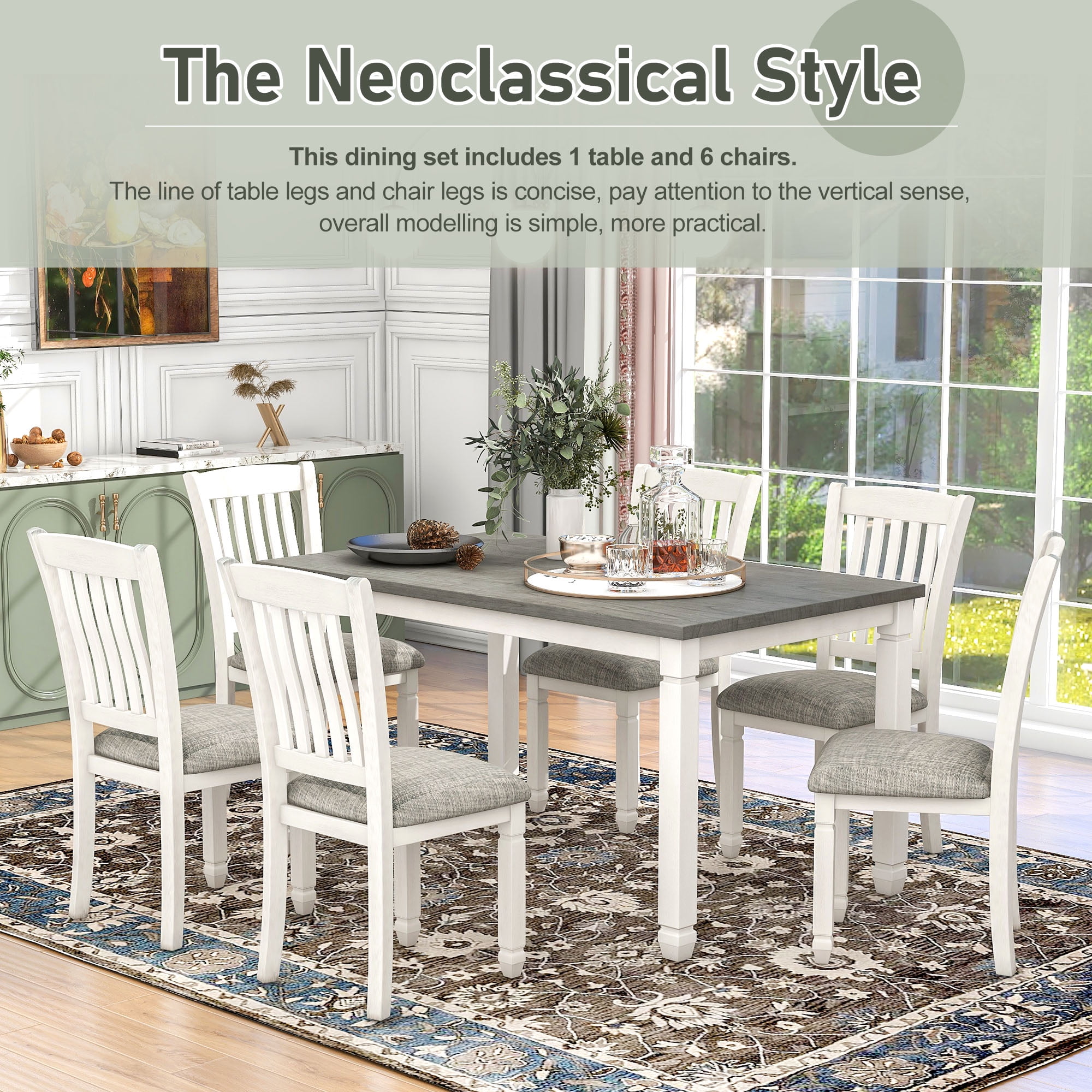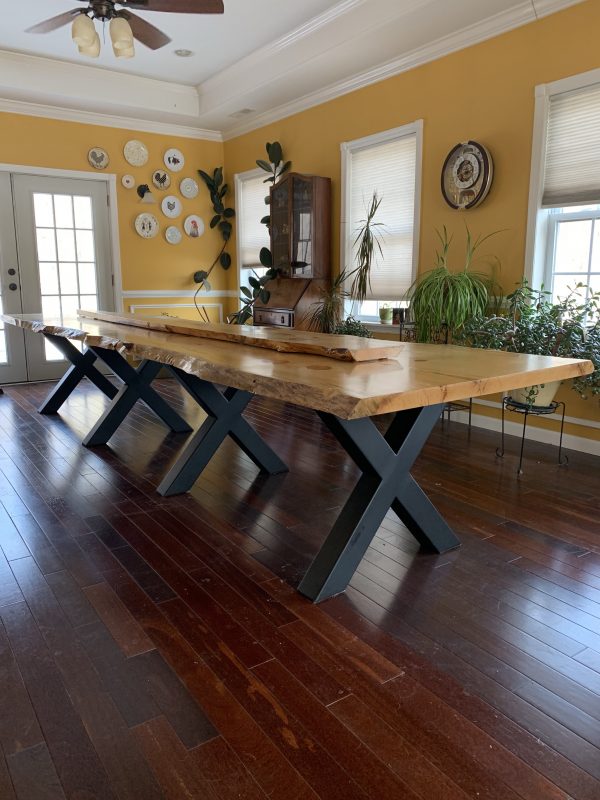Add Charm and Elegance to Your Space with Distinct Dining Room Table Legs
Add Charm and Elegance to Your Space with Distinct Dining Room Table Legs
Blog Article
Just How to Pick the Perfect Eating Room Table Legs for Your Home Decoration
Selecting the excellent dining area table legs is a nuanced procedure that requires careful consideration of numerous elements, including your area constraints, aesthetic choices, and practical demands. The interplay between measurements, materials, and designs can dramatically influence the ambiance of your dining area, making it essential to approach this decision carefully.
Assess Your Dining Room
Examining your eating area is critical for picking the right table legs that match both aesthetic appeals and capability. Begin by measuring the dimensions of your dining location, consisting of ceiling height, floor area, and proximity to other furnishings. This info will assist establish the ideal dimension and height of your table, which directly influences the option of table legs.
Following, think about the design and design of your eating area. As an example, an open-concept design may gain from table legs that provide aesthetic lightness, such as slim steel or acrylic options. On the other hand, a more conventional setting could require sturdy wooden legs that offer a sense of durability.
Assess the existing color scheme and products in your eating area. Balancing the table legs with these elements produces a cohesive look that enhances the overall decoration.
Ultimately, a thorough evaluation of your eating space will assist you in making an informed decision, making sure that your table legs not just improve the visual appeal but likewise offer practical functions.
Consider Your Design Preferences
When choosing eating area table legs, it is important to review your individual style preferences, as they substantially affect the general aesthetic of your eating area. Your selection of table legs can either complement or comparison with existing decoration, making it essential to align them with your preferred interior decoration style.
If your home leans in the direction of a modern aesthetic, think about sleek steel or minimalist wooden legs that give a tidy, uncluttered look. For a much more typical technique, ornate wooden legs with detailed makings can add a touch of style and elegance. Industrial designs benefit from durable, basic materials such as reclaimed wood and metal mixes, mirroring a sturdy appeal.
Additionally, farmhouse and rustic designs commonly prefer sturdy, chunky legs that stimulate a feeling of warmth and convenience. Conversely, if your design is eclectic, you might choose non-traditional shapes or a mix of materials to produce aesthetic passion.

Evaluate Product Options
The choice of material for dining room table legs plays a pivotal duty in both resilience and visual appeal. Common products consist of wood, metal, and composite alternatives, each offering distinctive attributes that can influence the overall look and long life of your table.
Timber is a classic choice, recognized for its heat and convenience. Hardwoods like oak and walnut offer exceptional stamina and can be finished in various discolorations to match any kind of decoration. Softwoods like pine are a lot more prone to scrapes and dents, making them less perfect for high-traffic areas.
Steel legs, frequently crafted from steel or light weight aluminum, emanate modernity and industrial appeal. They are resistant and extremely long lasting to put on, making them suitable for families with kids or regular gatherings (dining room table legs). In addition, steel can be completed in numerous colors, boosting the customization possibilities
Composite materials, such as MDF or laminate, offer cost and diverse designs. While generally much less long lasting than solid timber or steel, they can still give a trendy look and are frequently simple to preserve.
Inevitably, the material you pick should line up with your way of life, visual choices, and the level of usage your dining table will certainly experience.
Determine Height and Size
Picking the appropriate height and size for your dining room table is crucial for both performance and comfort. The standard height for eating tables normally varies from 28 to 30 inches, allowing sufficient legroom for most people when seated. Nevertheless, it is crucial to take into consideration the dimensions of your eating area and the kinds of chairs you plan to use.

Additionally, click here to read take into consideration the proportions of your dining room. A bigger table in a large location can create a grand ambiance, while a smaller sized table works well in more intimate setups. Eventually, the right height and dimension will balance with your total design and improve the dining experience for you and your visitors.
Explore Personalization Opportunities

Additionally, the layout of the legs can be customized to fit numerous styles, such as rustic, contemporary, or industrial. Tapered legs can evoke a mid-century modern feeling, while beefy, block-style legs may reverberate with traditional or farmhouse decor.
House owners can also discover shade surfaces, from natural timber discolorations to paint, enabling them to match or contrast with the tabletop and surrounding decor.
Moreover, leg elevation can be readjusted to fit details seating arrangements or personal choices, enhancing both comfort and performance.
Finally, special embellishments, such as carvings or decorative braces, can better personalize the table legs, making the dining experience not just a dish but a statement item in the home. By taking into consideration these modification choices, homeowners can create a dining-room table that really reflects their individuality.
Conclusion
Choosing the optimal dining-room table learn this here now legs requires cautious factor to consider of various factors, including the measurements of the dining space, style here are the findings preferences, material resilience, and wanted elevation. Customization options further enhance the capacity to achieve a cohesive aesthetic that matches the overall decor. By methodically assessing these aspects, home owners can make certain that the picked table legs not just accomplish functional demands yet additionally contribute positively to the dining experience and ambiance of the home.
Choosing the excellent dining room table legs is a nuanced procedure that calls for mindful factor to consider of various elements, including your area constraints, aesthetic choices, and sensible needs.Assessing your dining space is critical for selecting the right table legs that enhance both aesthetic appeals and capability.When determining dimension, gauge the area where the table will be put to guarantee it fits conveniently, allowing for at the very least 36 inches of clearance around the table for very easy motion. A larger table in a roomy location can create a grand ambiance, while a smaller sized table functions well in more intimate setups.Picking the optimal dining space table legs requires careful factor to consider of various elements, including the dimensions of the eating room, design choices, material toughness, and wanted height.
Report this page